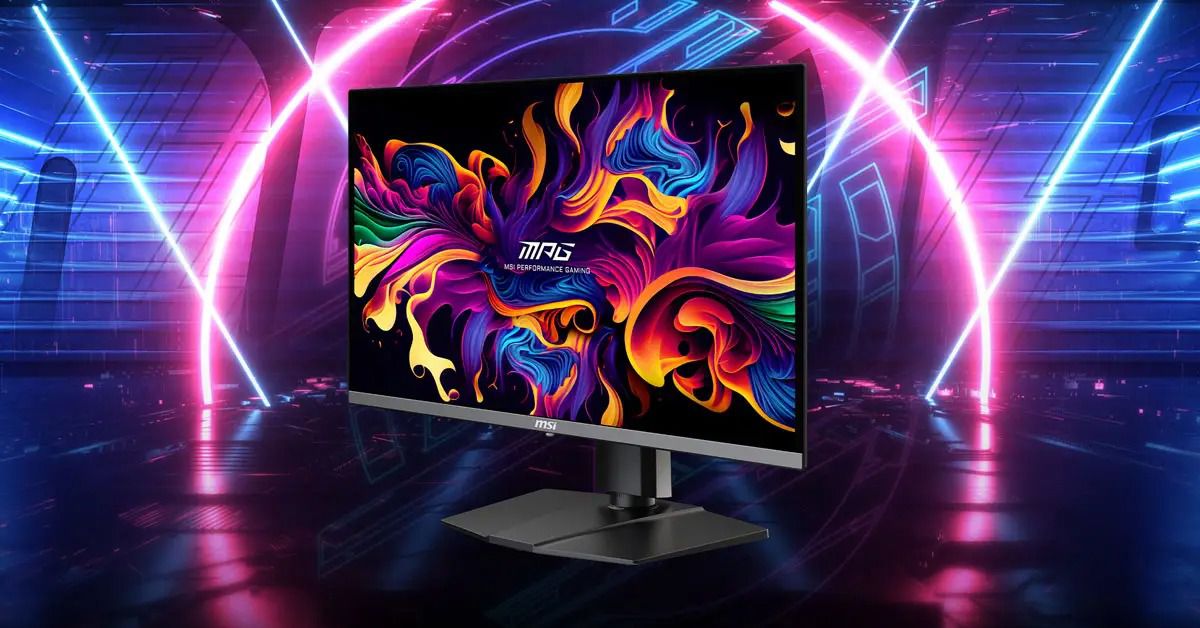Unveiling Revolution: 27-inch 4K OLED 240Hz Monitors from Asus, Samsung, and MSI

The Wait is Over: 27-inch 4K OLED 240Hz Monitors Finally Arrive
Gaming enthusiasts, rejoice! It seems like the wait for 27-inch 4K OLED 240Hz monitors was well worth it. Asus, Samsung, and MSI are all set to unveil their next-generation QD-OLED gaming monitors, featuring the same fourth-generation QD-OLED panel from Samsung Display. But what does this mean for gamers looking for the perfect display?
The same QD-OLED panel, but now smaller and more affordable?
All three companies are using the same QD-OLED panel, which promises a longer lifespan compared to previous-gen OLEDs. Both the Asus ROG Swift OLED PG27UCDM and MSI MPG 272URX QD-OLED come with DisplayPort 2.1a (UHBR20), supporting 4K at 240Hz without the need for Display Stream Compression (DSC). Samsung, on the other hand, hasn’t explicitly confirmed DisplayPort 2.1a compatibility, but it’s reasonable to assume it’s part of the spec list.
What’s in it for us?
You get the benefits of 4K OLED panels at the smaller 27-inch size, instead of the usual 32-inch limit. This means more affordable options for those on a budget, higher responsiveness, and a more immersive gaming experience. The three companies are also committing to display quality by supporting DisplayHDR True Black 400, with Asus going a step further by throwing in Dolby Vision HDR support. Burn-in protection is also included in the three-year warranty offered by Asus and MSI, but Samsung’s warranty situation remains uncertain.
Design differences: Who’s got it right?
Interestingly, Asus’ model only has a 26.5-inch viewable display, while MSI and Samsung are marketing theirs as 27-inch monitors. It seems like a minor difference, but what matters most is the overall performance, style, and price. You’ll have to wait for release dates and pricing to be announced to make your final decision.
Conclusion
The wait for 27-inch 4K OLED 240Hz monitors may be over, but the real question is: which one will you choose? With all three options featuring the same QD-OLED panel, the real differences lie in design, features, and pricing. Stay tuned for release dates and prices to make your next big gaming purchase.






